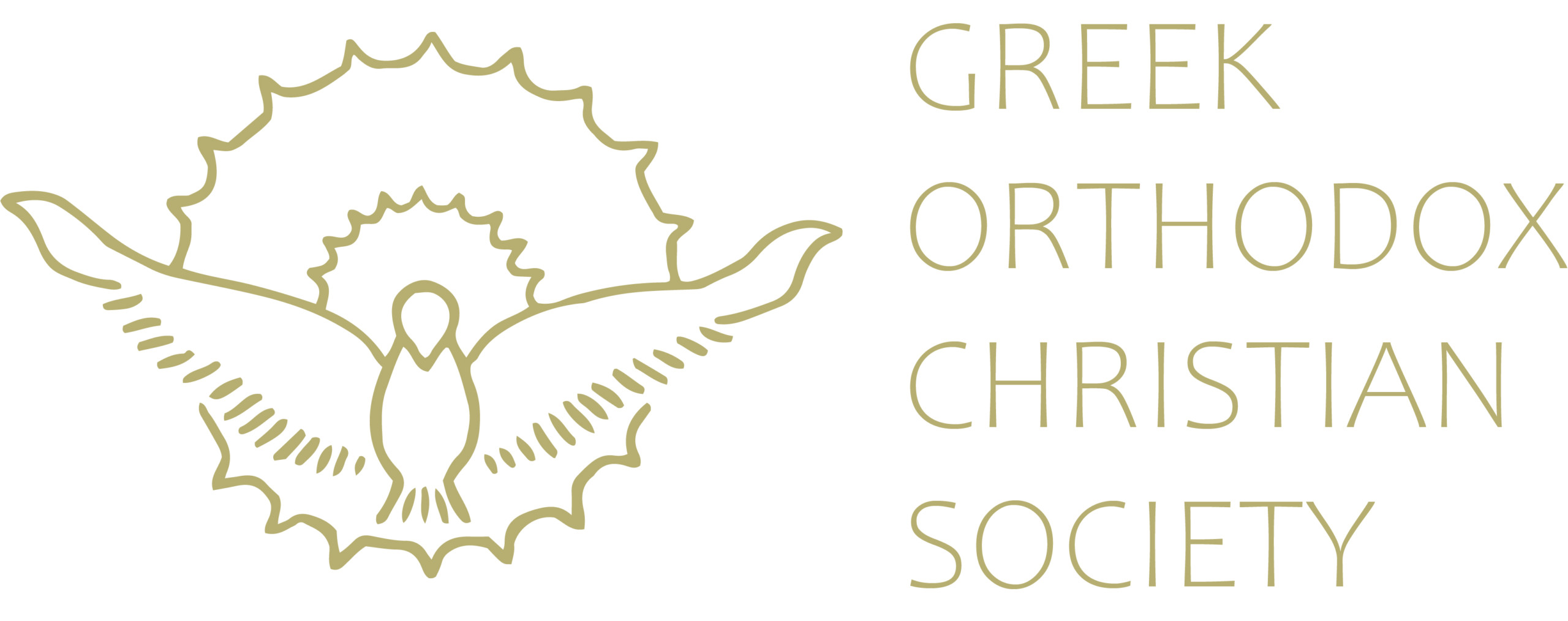Mount Athos: The highest place on earth, by Metropolitan Nikolaos of Mesogaia.
Published by En Plo Editions, 2008
Mount Athos: The highest place on earth describes Metropolitan Nikolaos’ personal experiences of the Holy Mountain. The book captures the authentic experience of Mount Athos, with vivid descriptions of the rough landscape, stories of holy monks, and explanations of Athonite traditions such as the ‘Avaton’ rule.
The author presents himself as a young and educated man who is fascinated by asceticism, but is reluctant to experience it himself. He struggles with his own calling to monasticism from the outset, and only upon returning to the world from his first pilgrimage does he begin to see its vanity. As one monk had said to him, pointing to the villages opposite the Athos peninsula: “There, is hell. Here, is paradise.” This book, interspersed with spiritual insights, is beautifully written, and the Metropolitan’s self-reflections often describe his spiritual journey more than his physical one.
He describes his interactions with various fathers, among them St Paisios and Elder Ephraim Katounakiotis, as well as his observations of hidden strugglers of monasticism and fools for Christ. About a humble monk who lived in the monastery of Saint Paul as a guest-master, the Metropolitan relates the following: “After twenty five years he still wore the same shoes he had had when he first became a monk, the same habit and cassock… During the thirty years or so he had spent in the monastery he might have uttered no more than thirty words of worldly conversation. A few years ago they had found him in his cell sitting on a chair… with the prayer rope warm in his hands, his last breath breathed, leaving us with the sublime remembrance of a cenobitic hesychast.”
The lives of these fathers are a witness to the Athonite tradition and they greatly contrast the reason and logic that the author is acquainted with. This short book is recommended for those who want to experience and understand the Holy Mountain and the ascetic tradition through the eyes of an honest pilgrim.
Source: Lychnos October/November 2017
